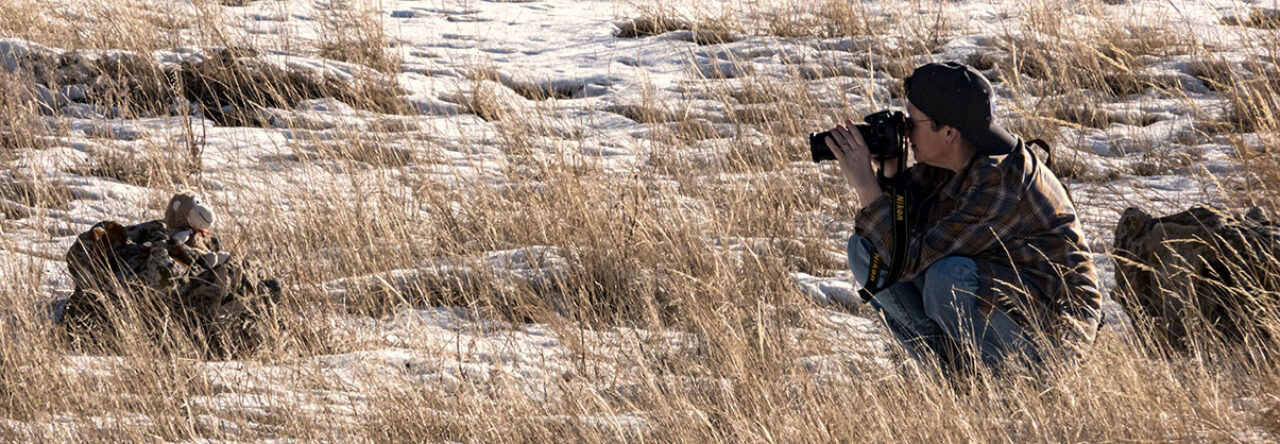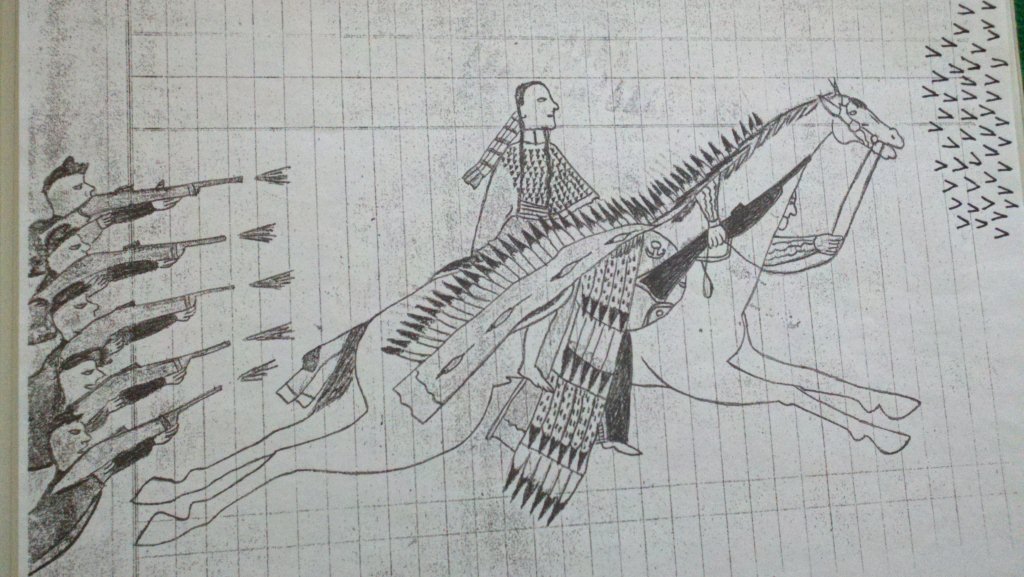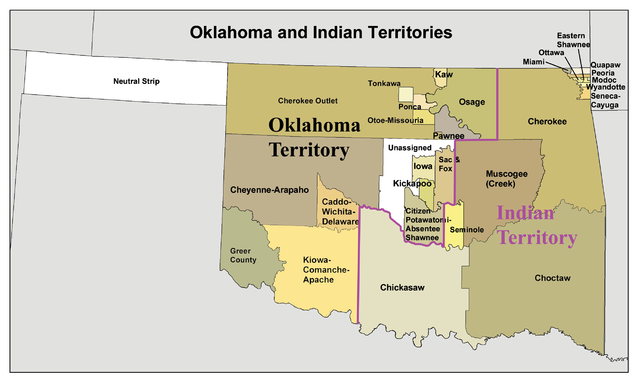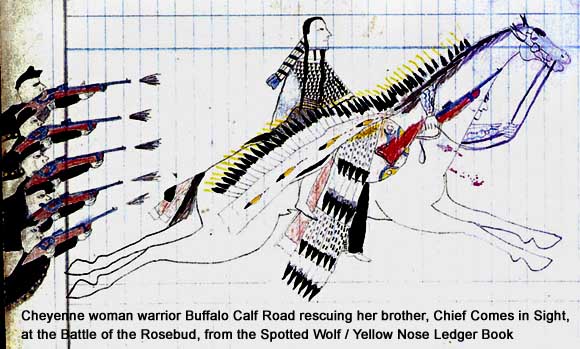The Battle of the Rosebud is also known as the Battle Where the Girl Saved Her Brother because of her bravery. She also knocked Custer off his horse at the Battle of the Greasy Grass. She fought for her people her entire life.
Buffalo Calf Road Woman was a Northern Cheyenne and from 1876 to her death in 1879, fought in several battles to try and save the way of life the Northern Cheyenne had lived for thousands of years.
Those years were filled with unrest for many tribes living on the Great Plains. The white man was determined to settle the land. There were thousands of people traveling west. Gold miners encroached on their territory. The U.S. Army policed the area to make this happen.
The Northern Cheyenne, Lakota Sioux, and Arapaho were under constant threat. They were attacked, endured massacres, and saw their people forcefully removed from their land and placed onto reservations. Buffalo Calf Road Woman was one of several Northern Cheyenne women who did everything they could to keep their lands and way of life.
Buffalo Calf Road Woman joined other warriors at the Battle of the Rosebud on June 17, 1876. U.S. General George Crook and his men were approaching her village. Several warriors rode out to stop them. Buffalo Calf Road Woman rode with the men.
Her bother, Comes In Sight, was trapped in a gully and the soldiers were closing in on him. Many Northern Cheyenne hesitated to save him, thinking such a thing was impossible. Buffalo Calf Road Woman rode into the gully, caring not about the bullets flying in every direction. She grabbed her brother and put him on her horse, then rode to safety.
For her act of bravery, the Northern Cheyenne named the fight “The Battle Where the Girl Saved Her Brother.” They called her Brave Woman.
The Northern Cheyenne could not rest in their victory. The following week, the Northern Cheyenne, Lakota, and other tribes were camping along the Little Bighorn River. General George Armstrong Custer arrived and his troops set out against the encampment. His goal was to remove all native peoples from the land and transfer them to reservations.
Buffalo Calf Road Woman joined the fight, the only woman to do so. During the Battle of the Greasy Grass, she rescued a young man who lost his horse. The tribes were victorious again. Buffalo Calf Road Woman, however, may have played an important part in the death of Custer during the battle.
Though the exact circumstances surrounding Custer’s death have long been the subject of debate, a new and intriguing account of his final moments surfaced in June 2005 when members of the Northern Cheyenne broke more than a century of silence to recount their tribe’s oral history of the battle. According to their account, it was a female fighter named Buffalo Calf Road Woman (alternately called Buffalo Calf Trail Woman) who knocked Custer off his horse that day, leaving him vulnerable, and who may have killed him.
Frank Rowland, a Cheyenne elder, told the Montana-based Independent Record, “The chiefs said to keep a vow of silence for 100 summers. One-hundred summers have now passed and we’re breaking our silence.” (In fact, almost 130 summers had passed by 2005.) The Northern Cheyenne said they had never publicly issued their account of the battle before because they feared retribution from the U.S. government.
Wallace Bearchum, Director of Tribal Services for the Northern Cheyenne, tells Mental Floss that her warrior exploits then surfaced at the Battle of Little Bighorn, where she fought “out in the open” instead of taking any cover, and where “she stayed on her horse the entire time.” Bearchum adds that although Buffalo Calf Road Woman was an “excellent markswoman,” she used a club-like object, not a gun, to knock Custer off his horse. It’s not clear exactly what happened after that, but Bearchum says that Buffalo Calf Road Woman and other Cheyenne and Sioux women “finished off Custer and the other Calvary soldiers right after the battle was over,” going “from soldier to soldier to finish them off or take things from them … remembering relatives killed by [U.S.] soldiers in previous attacks.”
Another account is slightly different, but still leaves Buffalo Calf Road Woman as a major player in Custer’s death.
According to various Native accounts, Buffalo Calf Road Woman knocked Custer off his horse, a Sioux named Fast Eagle held him down while another Sioux, Moving Robe Woman, stabbed him (though this last detail conflicts with the post-mortem reports of Custer’s body
Though the Northern Cheyenne kept quiet for more than one hundred years, there are other accounts of her participating in the battle. They spoke of how she had a gun, was the only woman there, and how she fought bravely.
Conditions worsened as soldiers continually pursued the Northern Cheyenne. Many surrendered. Buffalo Calf Road Woman was pregnant, but refused to surrender. She was with a group of 30 Northern Cheyenne, including children. Buffalo Calf Road Woman gave birth to her second child while on the run.
As conditions grew worse and their hardships increased, the small band of Northern Cheyenne relented. The army had promised them land of their own. They were to be sent south to Indian Territory, modern day Oklahoma.
The Northern Cheyenne were forced to march south. What they found was unacceptable for them. The land was not suitable for their way of life. The climate was different. New diseases abounded. Their life was no longer their own. Buffalo Calf Road Woman, her family, and about 300 Northern Cheyenne decided they were going to return home.
The band began their journey north in the middle of the night. Most were on foot. The army pursued them. There were several battles. Buffalo Calf Road Woman fought in defense of her people. The band of Northern Northern Cheyenne were hungry during much of the trip, but they were determined to make the 1,500 mile trip home.
Eventually, the band broke in two. One group, led by Dull Knife, went to Lakota Chief Red Cloud‘s village. They believed they would be protected there. Unfortunately, the army caught them. This group was imprisoned at Fort Robinson where they were told they would be returned south to Indian Territory.
The group was denied food and water as a means to force them to agree to the army’s demands. They weren’t giving up. They broke out on Jan. 9, 1876. It was bitterly cold, but they were determined to return to their homes. The army massacred them.
The other group was led by Chief Little Wolf. Buffalo Calf Road Woman was among the Northern Northern Cheyenne who hid out in the Nebraska Sand Hills. All did not go well.
Buffalo Calf Road Woman’s husband, Black Coyote, was slowly going insane. He became prone to fits of rage. After he stole horses belonging to the army, he was confronted by Black Crane. He killed Black Crane during the argument and was banished from the group. Buffalo Calf Road Woman, her children, and their relatives, eight in total, had to leave as well.
Black Coyote and two other Northern Cheyenne attacked two soldiers repairing a telegraph line, killing one of them near Mizpah Creek in Montana.
Soon after, Little Wolf’s group was captured and send to Fort Keogh. Buffalo Calf Road Woman’s group was caught shortly after and taken to Miles City, Montana. Black Coyote and the two Northern Cheyenne were tried for murder. They were set to be executed on June 8, 1879.
Buffalo Calf Road Woman died at Miles City in May 1879, of either diphtheria or malaria. When Black Coyote heard the news, he hung himself in his prison cell.
There are no photographs of Buffalo Calf Road Woman, but Yellow Nose sketched her saving her brother in battle and Amos Bad Heart Bull drew her riding into battle with her brother.
Buffalo Calf Road Woman bravely fought for her people to retain their land, their culture, their traditions. She never saw the Northern Cheyenne receive their land, Lame Deer Reservation, in 1884 in southeastern Montana. I imagine she would still be happy to know they have retained most of their culture and traditions even though they can no longer live as they once did.




Jennifer Simmons
Wow how interesting.
There is so many truths to learn about the assimilation of the American Indian people’s. The lies that have been told, it is time to learn the factual happenings.